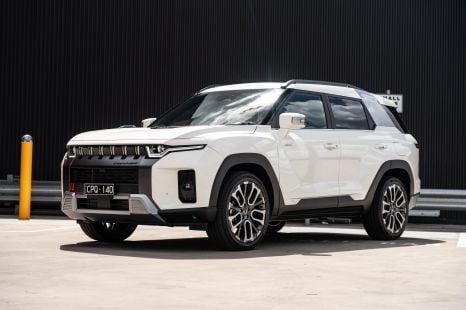

Max Davies
5 Days Ago
Australia's roads are home to more electric cars than ever, and the number on offer will only continue to grow. What does that mean for our power grid?

Contributor


Contributor
In recent times there have been questions raised as to whether the grid will cope with the threat of widespread electric vehicle adoption.
In fact, both here and abroad, some pundits have argued the case is closed, and the power grid and mass electric vehicle adoption are incompatible.
Is this true? What organisations are analysing the pace of EV adoption in Australia? What problems might develop in the future and what are the possible solutions?
Read on to learn who is keeping an eye on the electrification of transport.

In part one of our coverage, we covered five problems mass EV uptake might create.
Part two examines some of the solutions to these problems, as suggested by leading experts in the field.
Solution to the evening peak: Demand side response and V2G
Here in Australia, there have been several studies examining current EV charging patterns.
AGL, Origin Energy, UQ, the EV Council of Australia, and the Tesla Owners Club of Australia’s studies have revealed a preference for middle of the day and middle of the night charging regimes, with only a modest increase in charging occurring during the evening peak.
Will this trend continue beyond early adopters?
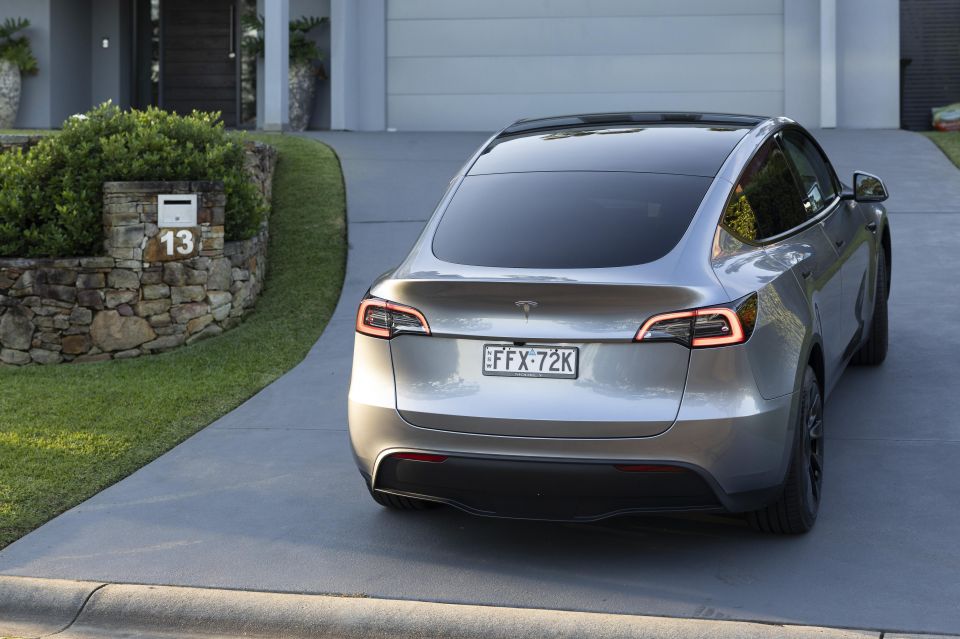
I asked this question of Dr Andrew Simpson, formerly of Evie Networks, Tesla, and presently managing director of consultancy Verdant Vision. He stated:
“There was no precedent for EV charging behaviour and I think early adopters and fast followers will establish the prevailing new norms that will become dominant at scale.
“There is ample precedent, however, for homeowners proactively managing their home energy supplies and costs and for shopping around for the best refuelling/recharging prices.”
When asked the same question, CEO of Sysgensys Andrew Larkins shared similar thoughts and believed most will simply take advantage of lower priced overnight tariffs or use solar, if they have it.
In Australia, the grid is ‘bulging’ with solar. Daytime EV charging at home, or just as importantly at the workplace, will have a major role to play in the future, Dr Simpson believed.

He says “governments and grid operators simply need to provide the appropriate incentives for consumers to adopt best practices, as consumer choice must always remain paramount”.
Such grid- and wallet-friendly incentives are a simple example of demand management, or what the industry calls demand-side response (DSR).
There are some attractive tariff plans, which are good examples of DSR, available right now from several energy retailers.
For example, Origin Energy’s 8c per kWh for off-peak charging of Tesla vehicles means that you could charge up your Model Y from near empty to 100 per cent for less than $5. A more typical charging session car may cost less than $2.
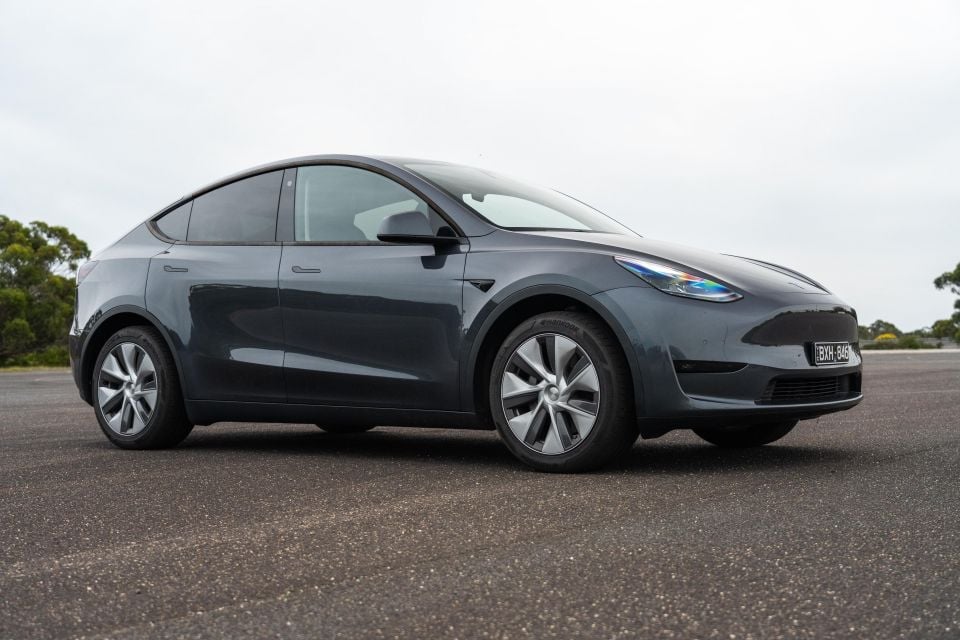
With 400km of driving range costing only a few dollars, the incentive to avoid the evening peak will be strong.
All the experts questioned, and all the key organisations, emphasise the importance of DSR. Smart shifting and minimising the intensity of the demand for power through mechanisms such as financial incentives mean users can actively contribute to grid stability and save money.
Andrew Larkins argues utilising the benefits of DSR is the single most important action grid operators can take to help balance the grid and save money that would otherwise be spent on additional energy infrastructure.
Simply visiting Energex’s own website will confirm these facts, as it points out effective EV charging management better utilises the network, helps the network operate more efficiently, and helps integrate both large and small-scale renewable energy into the grid.
Tariff schemes are one example of incentivising DSR. Another major form that will probably play an important part in the smooth running of our electricity network is vehicle-to-grid (V2G).

V2G is using your EV to provide power, or other services, to the grid rather than just taking power to fill your battery.
There are variations of V2G termed vehicle-to-load and vehicle-to-home, but our discussion will be restricted to V2G.
In the future the scale of the V2G resource could be enormous, larger than any other form of available energy storage. What are the benefits, the issues to consider, and when will we see this technology become common?
Dr Riccardo Pagliarella is one of the consultants to enX and an expert on V2G. He is cofounder of Greenergenic Inc and has a long history advising the power and automotive sectors.
He explains some of the advantages of V2G.
“A grid connected car can react and start sending or receiving power in less than two seconds and begin either providing ancillary services to assist with frequency issues or provide power back (within the bidirectional EVSE limitations) into the network. It can do all this for a very low marginal cost”.
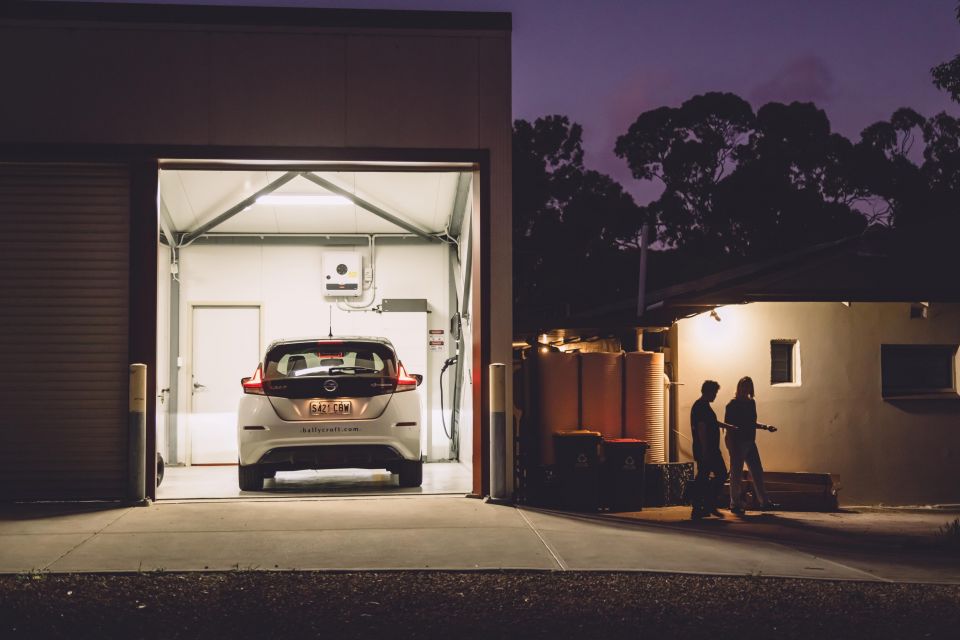
He noted although car owners will earn money from their car’s battery being available for grid operators, some recent reports of small cars earning over $12,000 a year greatly exaggerated the likely amounts once the technology was widespread.
Andrew Larkins believes V2G will become one of the most useful DSR tools, but it will take time before standardisation and scale is achieved.
Dr Simpson also cautions V2G is a far from perfect solution to combat the evening peak.
Despite potentially large numbers of V2G-equipped cars only a fraction will be available at any one time.
“For system planning and scheduling, V2G will be a highly unreliable resource subject to large diversity/dilution/derating factors in determining the aggregate amount available”, he said.
Although recent studies, such as the ARENA study linked above, have shown typical use should not dig deep into vehicle power reserves, there is still the issue of wear and tear on the batteries.

Even though new batteries exhibit great longevity, Dr Simpson asks, “What proportion of manufacturers will agree to allow extensive V2G use within the warranty period?”
At least there is now a growing list of vehicles announced to include some level of V2G. At the recent V2G conference it was revealed there will be close to 50 models announced for the European market with V2G functionality.
We should see a growing number of V2G capable cars here in Australia next year.
Solution to load steps, voltage, and frequency risks: EVSE regulations
Compulsory turn-on randomisation will be vital in mitigating risks to our grid.
“EVSE designs certainly need mandated inbuilt randomisation when starting to charge, to reduce upward load steps”, said Dr Pagliarella.

Randomisation will make the start of off-peak power pricing more manageable. This and standards for predictable, robust voltage and frequency ride-through during disturbances will go a long way to easing EVSE equipment’s impact on the grid.
A good example of action taken to reduce the impact of EVSE on the grid already exists in the UK. All EVSE sold since late 2022 must conform to the Electric Vehicles Smart Charge Point Regulations 2021 act.
This mandates internet connectivity, prioritises off-peak charging, and includes randomised turn-on delay of up to 10 minutes. There is also cyber security and related features, and the act contains steps to promote consumer involvement in DSR.
The actual protocols and standards by which these outcomes are achieved aren’t mandated, but various standards are being finalised.
In Australia we don’t have any legislation like the UK EV Smart Charge Act.
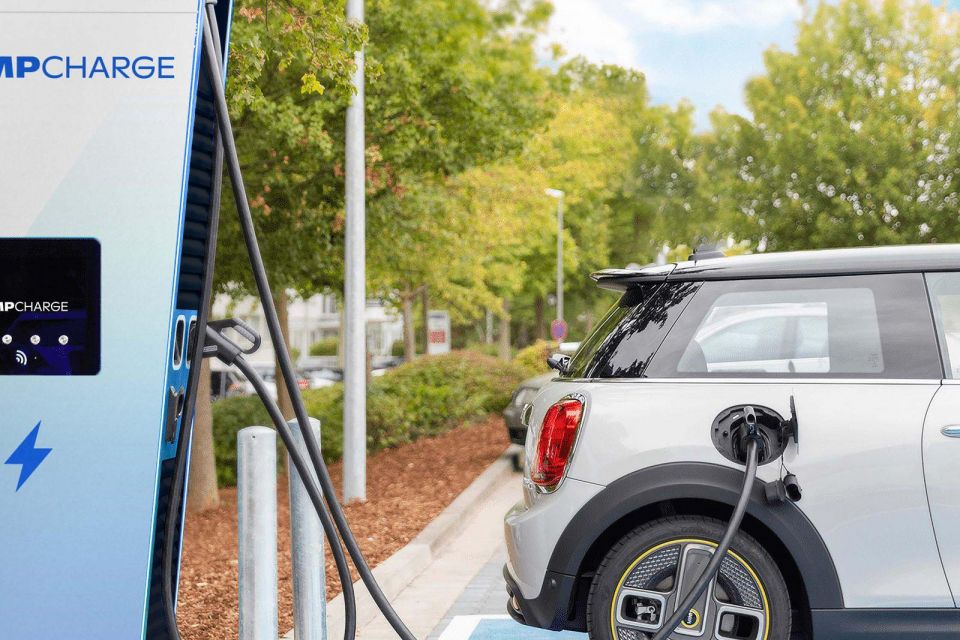
As stated earlier, AEMO has no authority over devices that sit behind the nation’s power meters. Complicating matters is the fact much regulatory authority rests with individual ministerial departments in each Australian state.
The enX report notes one of the country’s best chances of producing legislation mandating EVSE standards, such as turn-on randomisation and similar behaviour, is through the Greenhouse and Energy Minimum Standards Act (GEMS).
This is the act that is responsible for the minimum performance standards and energy star ratings we all know for everyday consumer products like white goods and TVs, as well as benchmarks for industrial equipment.
Results of a review of the Act are due soon, and then the act may be extended in scope to include EVSE.
MORE: Can the Australian power grid handle EVs? Part 1: The problems MORE: Can the Australian power grid handle EVs? Part 3: Solutions and conclusion
Married with two children and a pet Great Dane, my other interests include: single malt whiskies, fine rum, AFL, powerlifting, fine music and home theatre, renewable energy and last but not least - American politics. Naturally, I am also interested in cars too and have owned all three flavours: petrol, diesel and electric!
Qualifications: Geography and Environmental Science – UTAS, Political Science (Hons) - UTAS and post grad studies in Communications - QUT


Max Davies
5 Days Ago
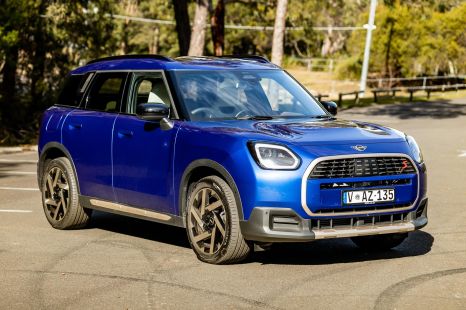

Matt Campbell
4 Days Ago
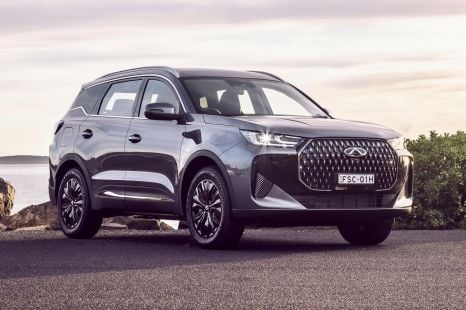

Max Davies
3 Days Ago
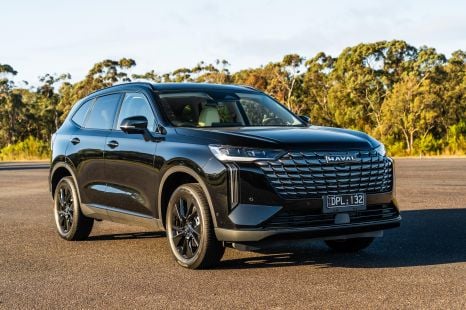

Josh Nevett
1 Day Ago


William Stopford
1 Day Ago
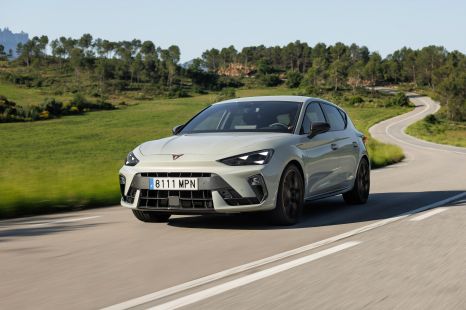

James Wong
11 Hours Ago